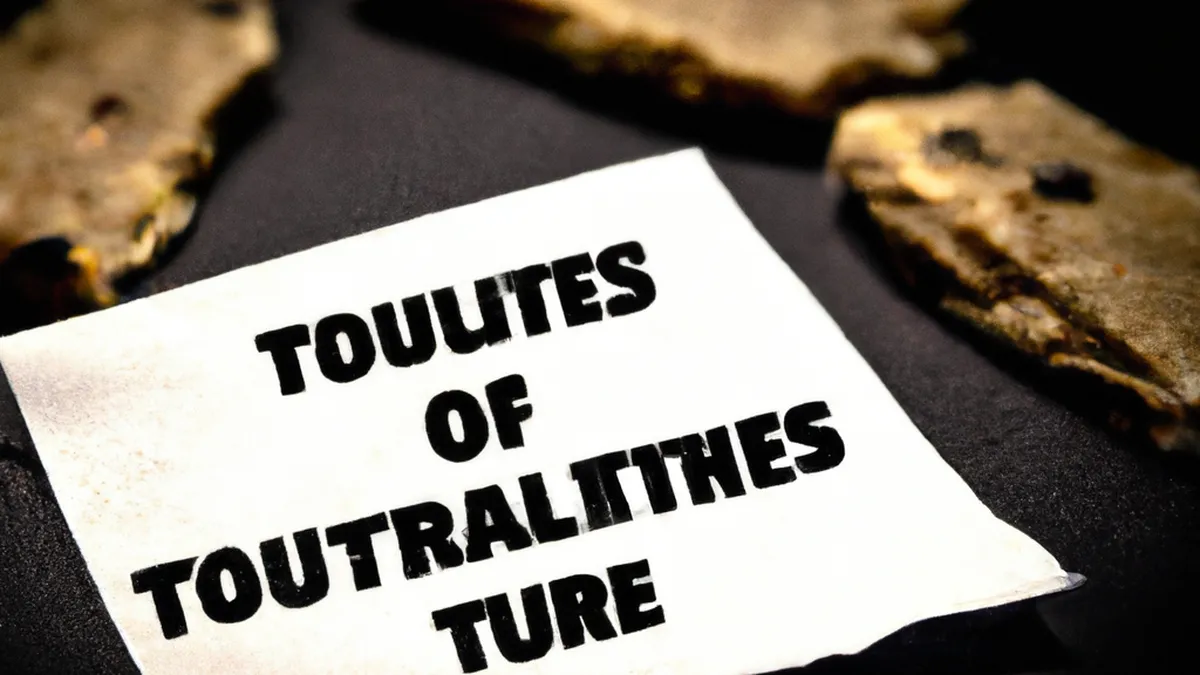Nutrition Tips for Menstrual Health
Nutrition Needs During the Menstrual CycleUnderstanding your nutritional needs is crucial during the menstrual cycle. Hormonal changes impact energy levels, mood, and well-being. Tailoring your diet to these phases can alleviate symptoms and enhance health. This guide outlines the menstrual cycle phases and offers nutritional advice for each stage.
Phases of the Menstrual Cycle
The menstrual cycle has four phases: menstrual, follicular, ovulation, and luteal. Each phase involves unique physiological changes that require specific nutritional support.
Menstrual Phase
The menstrual phase lasts from days one to five. During this time, the body sheds the uterine lining, causing fatigue, cramps, and mood swings.Focus on iron-rich foods to replenish lost nutrients. Include dark leafy greens, legumes, and lean meats in your meals. These foods provide iron and essential nutrients like vitamin B12 for energy metabolism.Hydration is crucial during this phase. Drink plenty of water and consider herbal teas like ginger or chamomile. These can soothe cramps and promote relaxation. Include omega-3 fatty acids from fatty fish or walnuts to reduce inflammation.
Follicular Phase
The follicular phase lasts from days six to fourteen. Rising estrogen levels boost energy and improve mood during this phase.Consume fresh fruits and vegetables rich in antioxidants and vitamins. Berries, oranges, and leafy greens combat oxidative stress and improve skin health. Whole grains like quinoa, brown rice, and oats provide sustained energy and fiber for digestive health.Incorporate healthy fats into your diet. Use avocados, nuts, seeds, and olive oil. These fats support hormone production and stabilize mood swings. Protein-rich foods like eggs, lean meats, and plant-based proteins maintain energy levels and promote muscle repair.
Ovulation Phase
Ovulation typically occurs around day fourteen when an egg releases from the ovaries. This high-energy phase features heightened fertility and libido but may also cause cravings and mood swings.Prioritize protein-rich foods during ovulation. Include lean meats, eggs, fish, tofu, and legumes to maintain energy levels. Protein stabilizes blood sugar, preventing energy crashes and mood swings. Complex carbohydrates like sweet potatoes, whole grains, and legumes help keep blood sugar stable.Staying hydrated is also essential during this phase.
Conclusion
As an Amazon Associate I earn from qualifying purchases.
Gear tip: consider soft flask, reusable snack bags, and electrolyte mix to support this topic.
Understanding your nutritional needs during the menstrual cycle can enhance your health and well-being. Tailor your diet to each phase for optimal support.
Below are related products based on this post:
FAQ
What are the phases of the menstrual cycle?
The menstrual cycle consists of four phases: menstrual, follicular, ovulation, and luteal. Each phase involves distinct physiological changes that require specific nutritional support to maintain well-being.
What should I eat during the menstrual phase?
During the menstrual phase, focus on iron-rich foods such as dark leafy greens, legumes, and lean meats to replenish lost nutrients. Staying hydrated is also important, so drink plenty of water and consider herbal teas to help soothe cramps.
How can I support my body during the ovulation phase?
During ovulation, prioritize protein-rich foods like lean meats, eggs, and legumes to maintain energy levels and stabilize blood sugar. Including complex carbohydrates and staying hydrated will also help manage cravings and mood swings during this high-energy phase.















Post Comment